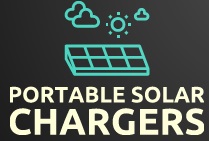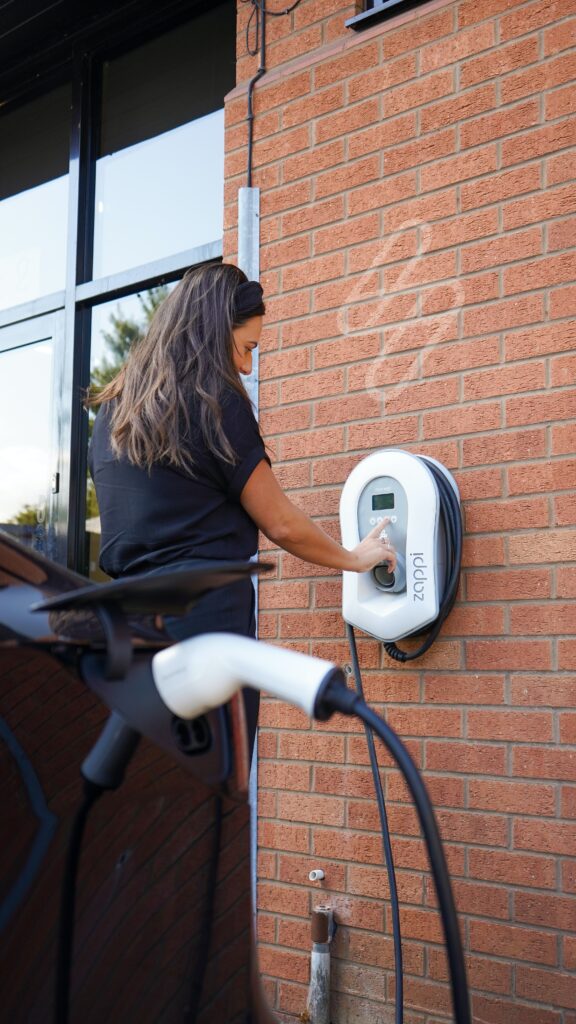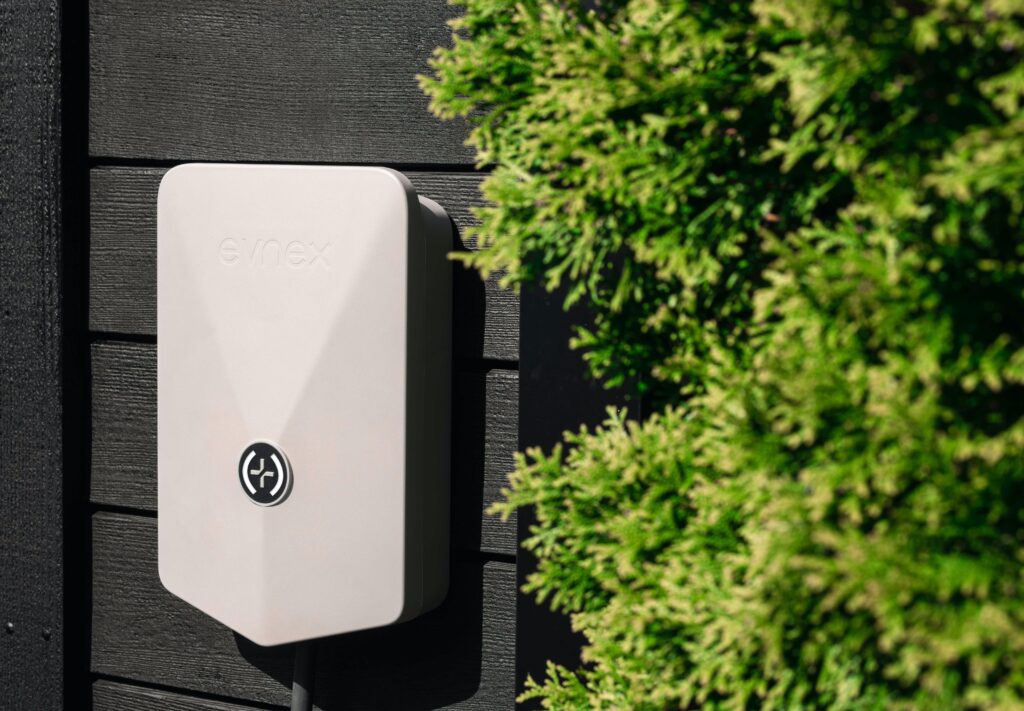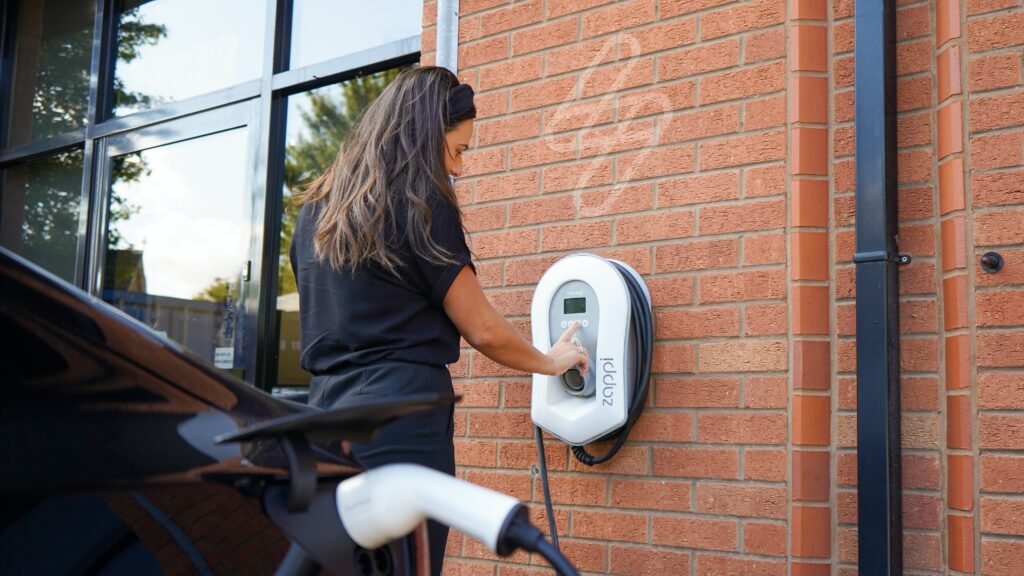During the winter months, you may be wondering if solar chargers are still effective. Can they harness enough sunlight to power your devices when the days are shorter and the weather is gloomy? In this article, we will explore the functionality of solar chargers during winter and discover whether they can still provide a reliable source of energy for your electronic devices.
Understanding Solar Chargers
Solar chargers utilize the power of the sun to generate electricity and charge devices. They are compact and portable, making them an excellent choice for outdoor activities and emergencies. Solar chargers work by capturing sunlight with photovoltaic (PV) cells, commonly made of silicon. These cells convert sunlight into direct current (DC) electricity, which can then be used to charge batteries or power electronic devices.
How Solar Chargers Work
Solar chargers consist of several key components that work together to harness and convert solar energy. The primary component is the solar panel, which is made up of multiple PV cells. These cells are connected in a series to increase the overall voltage output. When sunlight hits the solar panel, the photons in the sunlight excite the electrons in the PV cells, creating a flow of electricity. This electricity is then transferred to a charge controller or directly to a battery for storage.
Components of a Solar Charger
In addition to the solar panel, a solar charger typically includes a charge controller, battery, and output ports. The charge controller regulates the flow of electricity from the solar panel to the battery, ensuring that the battery is charged efficiently and preventing overcharging. The battery stores the electricity generated by the solar panel, allowing it to be used at a later time. The output ports provide a connection point for devices to be charged, such as smartphones, tablets, or portable batteries.
Effects of Winter on Solar Chargers
While solar chargers are designed to work in various weather conditions, winter can present some challenges that affect their performance. Understanding these effects is crucial for maximizing the efficiency of solar chargers during the winter months.
Decreased Sunlight Intensity
In winter, the intensity of sunlight is generally lower compared to other seasons. The angle at which the sunlight hits the Earth is shallower, resulting in less direct exposure to the solar panels. This decreased sunlight intensity leads to a reduction in the amount of electricity generated by the solar charger.
Shorter Daylight Hours
Winter is also characterized by shorter daylight hours, meaning there is less time available for solar chargers to capture sunlight and generate electricity. With fewer hours of daylight, it is essential to make the most of the available sunlight to ensure efficient charging.
Temperature Variations
Cold temperatures can affect the performance of solar chargers, particularly the batteries. Low temperatures can reduce battery efficiency and capacity, resulting in less energy storage and diminished charging capabilities. It is crucial to consider these temperature variations and their impact on solar charger performance when using them during winter.
Factors Affecting Solar Charger Performance in Winter
Several factors can influence the performance of solar chargers during winter. By understanding and addressing these factors, you can optimize the efficiency of your solar charger and ensure reliable charging even in cold weather conditions.
Panel Angle and Placement
The angle and placement of the solar panel can greatly impact its ability to capture sunlight during winter. To maximize exposure to sunlight, it is recommended to tilt the solar panel at an angle equal to the latitude of your location. This angle allows the panel to receive the most direct sunlight throughout the day. Additionally, placing the solar panel in a location with minimal shading, such as on top of a hill or away from tall objects, can enhance its performance.
Battery Efficiency
Battery efficiency is crucial for optimal performance of solar chargers in winter. It is essential to choose batteries that are designed for cold temperatures and have a high charge/discharge efficiency, as they can better withstand the challenges posed by winter weather. Maintaining the battery at an appropriate temperature range and avoiding overcharging or deep discharging can also help maximize its efficiency.
Type of Solar Charger
Different types of solar chargers have varying performance characteristics, particularly in winter conditions. Monocrystalline solar panels are known for their high efficiency and better performance in low-light situations. Polycrystalline panels, while slightly less efficient, can still provide reliable charging. Additionally, thin-film solar chargers are known for their flexibility and durability, making them suitable for winter outdoor activities.
Optimizing Solar Charger Performance in Winter
To overcome the challenges of winter, specific strategies can be employed to optimize the performance of solar chargers. By implementing these strategies, you can ensure that your solar charger operates efficiently and provides reliable charging throughout the winter season.
Panel Tilt and Orientation
Adjusting the tilt and orientation of the solar panel to maximize sunlight exposure is crucial during winter. By tilting the panel at the correct angle and orienting it towards the sun, you can capture the maximum amount of sunlight. Utilizing a solar tracking device or manually adjusting the panel’s position throughout the day can further enhance its performance.
Battery Maintenance and Insulation
Maintaining the battery at an appropriate temperature range is essential for its efficiency. Insulating the battery with a battery blanket or foam insulation can help retain heat and prevent temperature fluctuations. Additionally, regularly checking the battery’s charge level and capacity can ensure optimal performance. Avoiding overcharging or deep discharging the battery is also crucial to prolong its lifespan and maintain its efficiency.
Using a Charge Controller
A charge controller acts as a regulator, managing the flow of electricity from the solar panel to the battery. This device prevents overcharging, deep discharging, and voltage fluctuations, ensuring the battery is charged efficiently and safely. Using a charge controller becomes even more critical in winter when battery efficiency is affected by low temperatures.
Solar Chargers and Extreme Winter Conditions
While solar chargers can be effective during winter, extreme winter conditions may pose additional challenges. Understanding the pros and cons of using solar chargers in such conditions can help you make informed decisions and explore alternative charging methods if needed.
Pros and Cons of Using Solar Chargers in Extreme Winter
One advantage of using solar chargers in extreme winter conditions is their independence from the grid. Solar chargers do not rely on electricity from power outlets, making them suitable for remote areas or during power outages caused by winter storms. Additionally, solar chargers are environmentally friendly and do not produce harmful emissions.
However, extreme winter conditions can reduce the efficiency of solar chargers. This can be due to factors such as heavy snowfall, prolonged cloudy periods, or extremely low temperatures. These conditions may hamper sunlight exposure and decrease the amount of electricity generated by the solar charger. It is essential to consider these factors and assess whether alternative charging methods may be more suitable during extreme winter conditions.
Alternative Charging Methods for Extreme Winter Conditions
In situations where solar chargers may not be optimal, alternative charging methods can be employed to ensure a reliable power source. Using a portable generator, wind turbine, or thermoelectric charger are possible alternatives to solar chargers in extreme winter conditions. These methods harness other sources of energy, such as fossil fuels, wind, or temperature differentials, to generate electricity and charge devices.
Popular Solar Chargers for Winter Use
Several solar chargers are specifically designed to perform well in winter conditions. These products offer features and benefits that cater to the unique needs of users during the colder months. Here are a few popular solar chargers known for their winter performance:
Product 1: Features and Benefits
- High-efficiency monocrystalline solar panel
- Robust construction for durability in harsh weather conditions
- Integrated charge controller for efficient battery charging
- Multiple output ports to charge various devices simultaneously
- Compact and portable design for easy transportation
Product 2: Features and Benefits
- Polycrystalline solar panel with good low-light performance
- Rugged and waterproof construction for outdoor use
- Built-in temperature compensation for battery charging in cold weather
- USB port for direct device charging
- Folding design for convenient storage and transportation
Product 3: Features and Benefits
- Flexible and lightweight thin-film solar charger
- Bends and conforms to different surfaces for versatile use
- Durable and weather-resistant materials for long-lasting performance
- Multiple attachment options for easy installation
- Wide temperature range for reliable operation in winter conditions
Comparing Solar Charger Efficiency in Winter
Various solar chargers in the market have different efficiency ratings, particularly in winter conditions. Understanding these ratings and the factors that contribute to efficiency can help you make an informed decision when choosing a solar charger for winter use.
Efficiency Ratings of Different Solar Chargers
Solar chargers are often rated based on their efficiency, expressed as a percentage. This rating indicates the amount of sunlight the solar charger can convert into usable electricity. Higher efficiency ratings generally result in a greater amount of electricity generated, making them more suitable for winter conditions.
Factors to Consider when Choosing an Efficient Winter Solar Charger
When comparing solar chargers for winter use, consider the following factors:
- Efficiency rating: Look for solar chargers with higher efficiency ratings, as they will perform better in lower light conditions.
- Panel type: Monocrystalline panels tend to have higher efficiency ratings than polycrystalline or thin-film panels.
- Output power: Consider the wattage of the solar charger and ensure it can meet your charging needs during winter.
- Durability: Opt for solar chargers with rugged and weather-resistant construction to withstand winter conditions.
By considering these factors, you can choose an efficient solar charger that meets your winter charging requirements.
Tips for Using Solar Chargers in Winter
To maximize the performance and longevity of your solar charger during winter, consider implementing these helpful tips:
Regularly Clean and Inspect Panels
Snow, ice, and debris can accumulate on the solar panels, obstructing sunlight and reducing overall efficiency. Regularly clean the panels with a soft brush or cloth to remove any buildup. Additionally, inspect the panels for any damage or cracks that may affect their performance.
Monitor Battery Charge Levels
Keeping an eye on the battery charge levels is crucial during winter. Cold temperatures can decrease battery capacity, so it is essential to ensure the battery is adequately charged. Regularly check the battery charge levels to prevent undercharging or overcharging, as both can impact its performance.
Avoid Snow Accumulation on Panels
Snow accumulation on solar panels can significantly reduce their efficiency. Clear any snow buildup from the panels using a snow rake or a gentle brush. By removing the snow, you allow the panels to capture sunlight effectively and generate electricity.
Common Misconceptions about Solar Chargers in Winter
Despite their proven effectiveness, solar chargers in winter are subject to some misconceptions. Let’s address and debunk two common misconceptions regarding solar chargers in winter:
Solar Chargers Only Work in Summer
While solar chargers may perform better in summer due to increased sunlight exposure, they can still generate electricity during winter. However, the reduced sunlight intensity and shorter daylight hours may affect their efficiency. By following the tips and strategies mentioned earlier, you can optimize the performance of your solar charger in winter conditions.
Solar Chargers Are Ineffective in Cold Temperatures
Although cold temperatures can affect battery performance, solar chargers operate based on the sunlight they receive, not the ambient temperature. Even in cold temperatures, as long as there is sufficient sunlight, solar chargers can generate electricity. Choosing batteries designed for cold weather and employing proper insulation techniques can help mitigate the impact of cold temperatures.
Conclusion
Solar chargers are reliable and eco-friendly solutions for charging devices during winter. While winter conditions can affect their performance, understanding the effects and employing optimization strategies can ensure efficient charging. By considering factors such as panel angle, battery efficiency, and solar charger type, you can select a suitable solar charger for winter use. Additionally, regular maintenance, proper battery management, and alternative charging methods can address the challenges posed by extreme winter conditions. With the right knowledge and preparation, solar chargers can be an effective and sustainable power source all year round.





